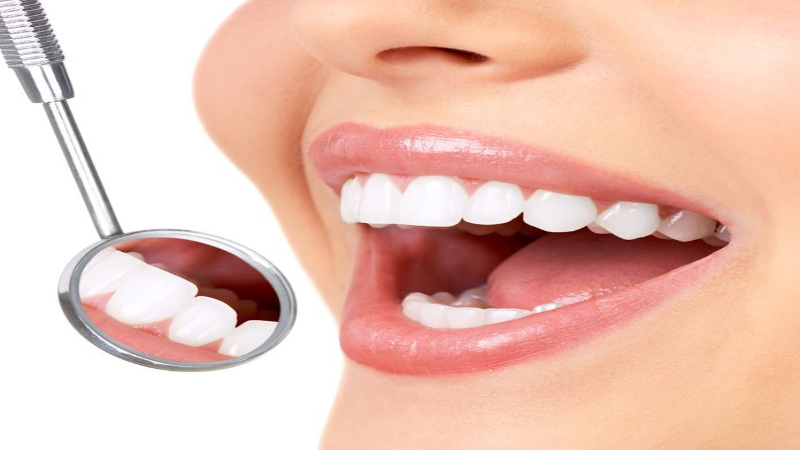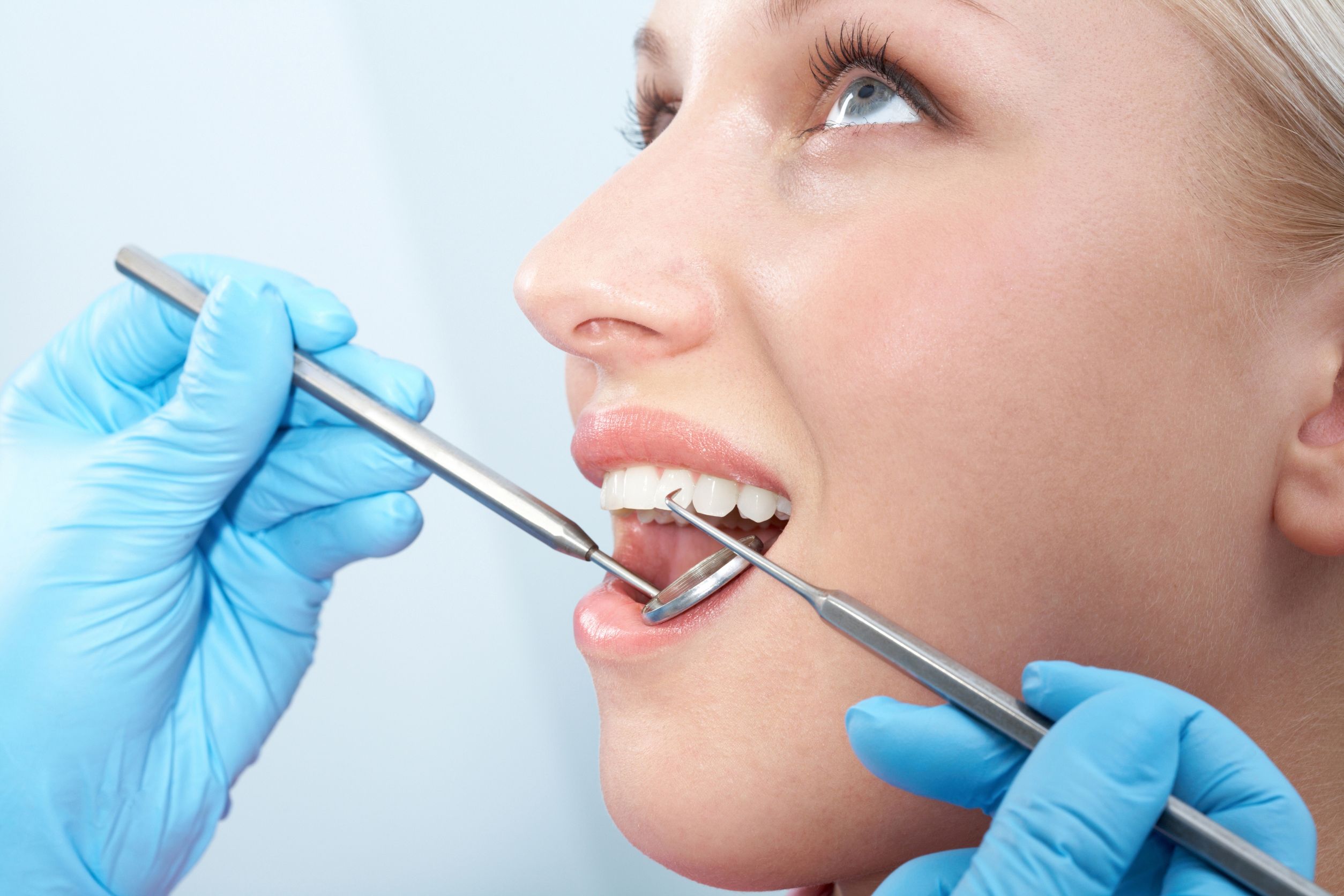Restoring missing teeth, keeping dentures secure, and adding a crown used to be major processes that took months. While traditional methods are still needed in some cases, advances in dental restoration have greatly improved the pain levels, time, and the degree to which procedures are invasive. Many procedure costs are lower as well because they take less time.
Finding the Right Dentist
Not all dentists have kept up with the most recent techniques and machinery. A dentist has to participate in ongoing training and continuing education to master new methods. Manufacturers of new tools will often offer seminars, classes, and certifications for their most advanced equipment.
Professionals, such as those at Lewis Family Dentistry, invest time and money in new technology to provide excellent customer service. People have hectic schedules so dental restoration that saves them time is much appreciated. Fewer visits also translate to lower dental costs.
Some Advances
One example is a CEREC machinery. This is basically a mini dental laboratory right at the office location. The machine includes a hand tool that scans the area of a missing tooth. That information is digitally entered into the main machine that has the capacity to create a custom ceramic crown in approximately one hour.
There is no longer any need to have a temporary crown put it for a week or two until a crown is made in a laboratory. The entire process can be completed in one appointment instead of two. This is also ideal when a crown cracks or breaks because it can be replaced on the same day.
Dental implants are not new, but mini dental implants (MDI) for denture stabilization are new. This process is minimally invasive and requires no healing time. There is less swelling and less pain because sutures are not necessary. Dentures can be placed on these implants at the same appointment.
The benefits include secure dentures that will not slip, no room for particles to fall between the plate and the palate, and the elimination of adhesives. Schedule a consultation with the dentist to explore possibilities and determine if you are a candidate for the MDI stabilization system. You can also follow them on Twitter.


